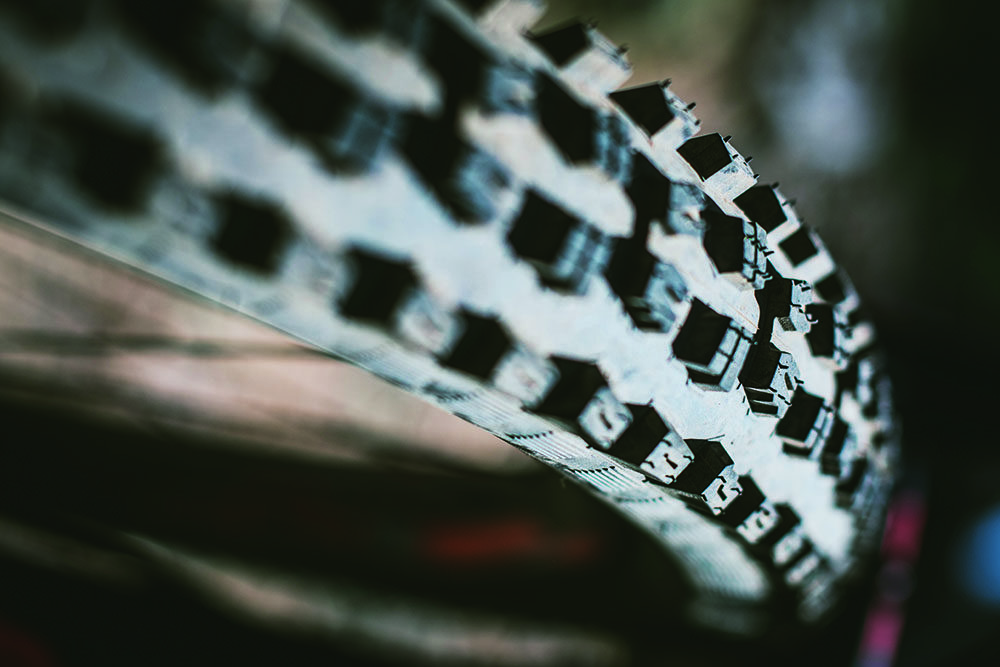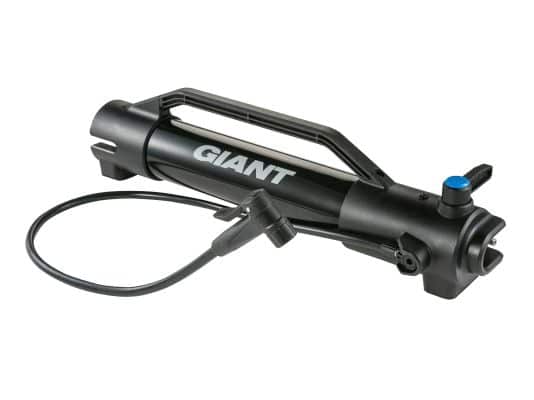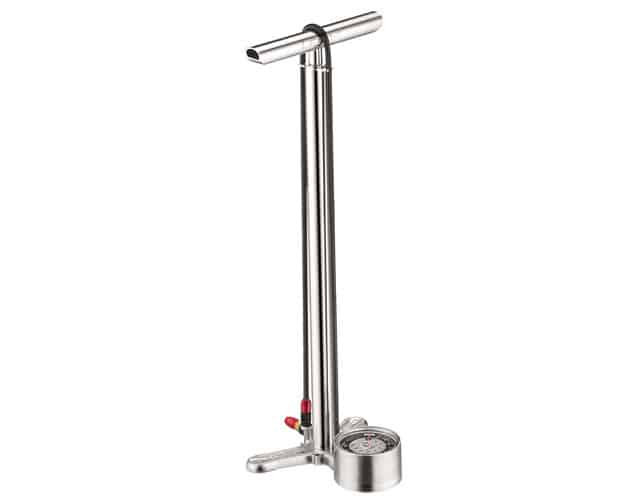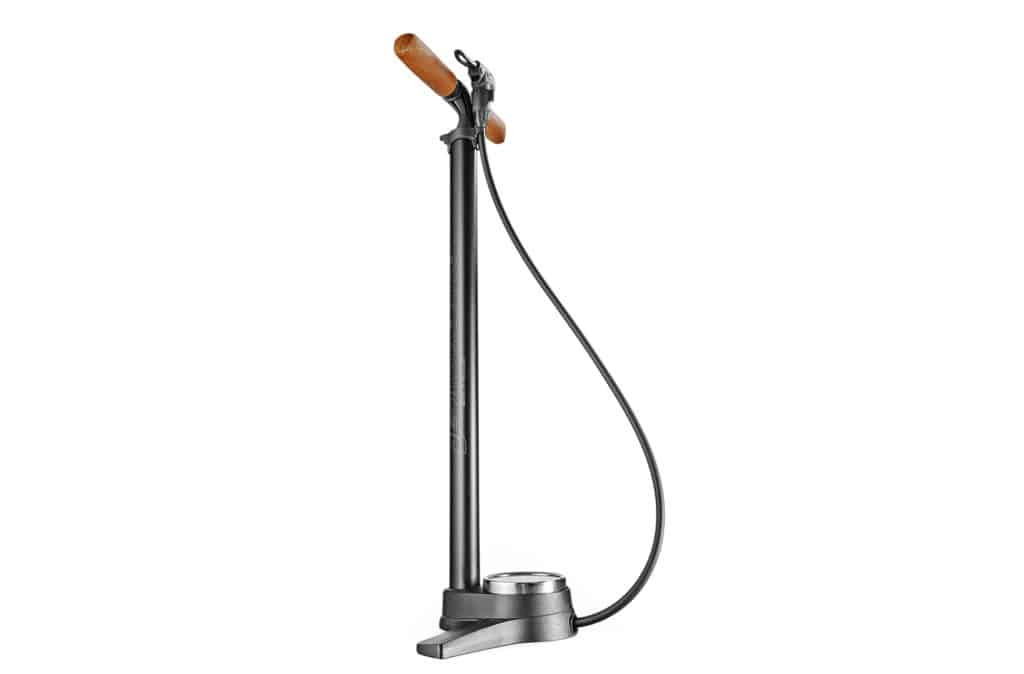How To Achieve The Perfect Tyre Pressure
Our experts share how to find the right psi for your ride.
The single biggest performance improvement you can make on your bike isn’t a lighter set of wheels or electronic shifting. In fact, it isn’t an upgrade at all – and it doesn’t have to cost you more than some time, and maybe as little as what you’d spend on a new roll of handlebar tape. It’s tyre pressure. If you don’t pay attention to inflation, the amount of air in your tyres is not only not ideal, but probably wrong enough to cause excess flats and serious drop-offs in performance and comfort.
The easiest way to improve: Check your pressure regularly.
Tyres leak air over time. Properly set up tubeless tyres, and tyres that use butyl tubes (the most common type), leak far less than lightweight latex tubes. But air seeps out of all tyres, from as little as a few psi a week to drastic drops overnight. And the rate of loss increases with pressure and in reaction to outside factors, e.g. lower temperatures (about 2 per cent vanishes for each 5-degree dip in Celcius). Some of us at Bicycling check pressure before every ride, some once a week.
The important thing is to develop and stick to a habit of regular check-ups and top-ups that works for you – if you don’t, your pressure is probably wrong most of the time you ride.
And always check the pressure the day after you repair a flat with CO2 canisters. Carbon dioxide is highly soluble in butyl rubber (nitrogen and oxygen, which make up 98% of our atmosphere, are far less so), so it basically permeates right through the tube wall, and fast. In fact, if you flat early in a ride and fix it with CO2, check the tyre again after an hour or so – it will probably need topping up.
The intermediate investment: Use a standalone gauge.
Because the gauges on pumps measure pressure inside the pump instead of at the tyre valve, they’re generally not super-accurate – especially on pumps that are cheaper, get banged around as we use them, or simply age. We’ve seen pumps that are off by 10 to 15 psi. A standalone gauge gives you more consistently precise measurements, and is handy for hitting your ideal pressure when you use different pumps.
INFLATION EXTRAS
Meiser gauges are simple, cheap, accurate, and durable. Contributor Joe Lindsey has relied on one for years with zero problems.
Quarq TireWiz threads onto your valves to provide real-time pressure data to your phone and some newer cycling computers.
Silca Tattico Bluetooth mini-pump connects with the free iGauge app (IOS and Android) to turn your phone into a gauge and tracker, so you can compare your performance with the pressure you ran.
The expert-level hack: Use different pressures front and rear.
It’s common practice to inflate front and rear tyres to the same pressure. But a rider’s weight distribution isn’t 50-50. On a road ride (the easiest example, since we don’t move around on our bikes as much as when we’re MTBing or doing cyclocross) about 40% of your weight goes to the front wheel and about 60% is over the rear in most cases, according to a study at the University of Colorado. It can vary: CU’s study found a range from 33–67 to 45–55 across the athletes they tested.
Finding your distribution is pretty easy. First, weigh yourself while holding your bike and wearing your kit (including shoes). Next, put the scale under one wheel and a block of the same height under the other. While a friend or friendly wall supports you from the side for balance, read the scale. Then swap to measure the other wheel. Comparing the two mounted measurements to your total weight, you can calculate your distribution percentages.
This test is instructive but not prescriptive – it tells your weight balance, but doesn’t provide ideal pressure set-up. And unfortunately, there’s no scientifically backed weight-to-pressure formula we know of. The truth is that whatever pressure you find best is going to depend on things that range from tyre choice to riding style, and you can only settle on the variance through experimentation. Our experience is that benefits can be felt from running 15 to 20% less up front.

YOUR PRESSURE IS PROBABLY TOO HIGH
In our experience, many cyclists overinflate – especially those who’ve just switched to using wider tyres (25mm wide or greater on the road). Contrary to what was accepted as common knowledge for years, several studies have shown that wider tyres at lower pressures can be as fast – or faster, in certain conditions.
Because it lets the tyre deform more around the road surface, lower pressure can also increase cornering traction and comfort. A tyre inflated high tends to feel chattery because it’s literally bouncing off every imperfection you ride over.
Manufacturers print recommended pressure ranges on the sides of tyres. If you’re not sure where to start, assume the middle of the range is for a 75kg rider and adjust for your weight. As an example, if a 75kg rider uses 90 psi, a 91kg rider should run closer to 110 psi, and a 59kg rider might be at 75.
Experiment by deflating front and rear no more than 5 per cent each (per cent, not psi). As you ride, take note of how it feels: ideal pressure gives you a comfortable ride with a confident feeling in corners. Once the front wheel starts to feel the least bit squirmy in hard cornering, add a few psi back in. Never go above or below the manufacturer’s recommended tyre pressures. And remember that your preferred pressures will probably change every time you switch tyre sizes or brands.
PSI vs. BAR
Most gauges display pressure in psi (pounds per square inch) and (especially in Europe) bar. One bar is 14.7 psi.
In SA, referencing bar instead of psi can make you seem like an old cycling soul – or an insufferable twerp. It’s a fine line.
FLOOR PUMPS WE LOVE
Great for Tubeless Tyres
Giant Control Tank: R860

Pro Quality
Lezyne CNC Floor Drive: R1 030

Retro Styling
SKS Airmenius Floor Pump: R999

READ MORE ON: gear training tyre pressure tyres

